Polystichum munitum: youtube sensation!
The new Jepson Herbarium plant video is pteribbly pterrific–see for yourself!
The new Jepson Herbarium plant video is pteribbly pterrific–see for yourself!

The first Rothfels lab graduates!!!! One with Honors, and the other the commencement speaker. This is a high bar to set–very cruel, guys. Joyce’s speech was amazing–catch it starting around minute 38. Congratulations J’s!!


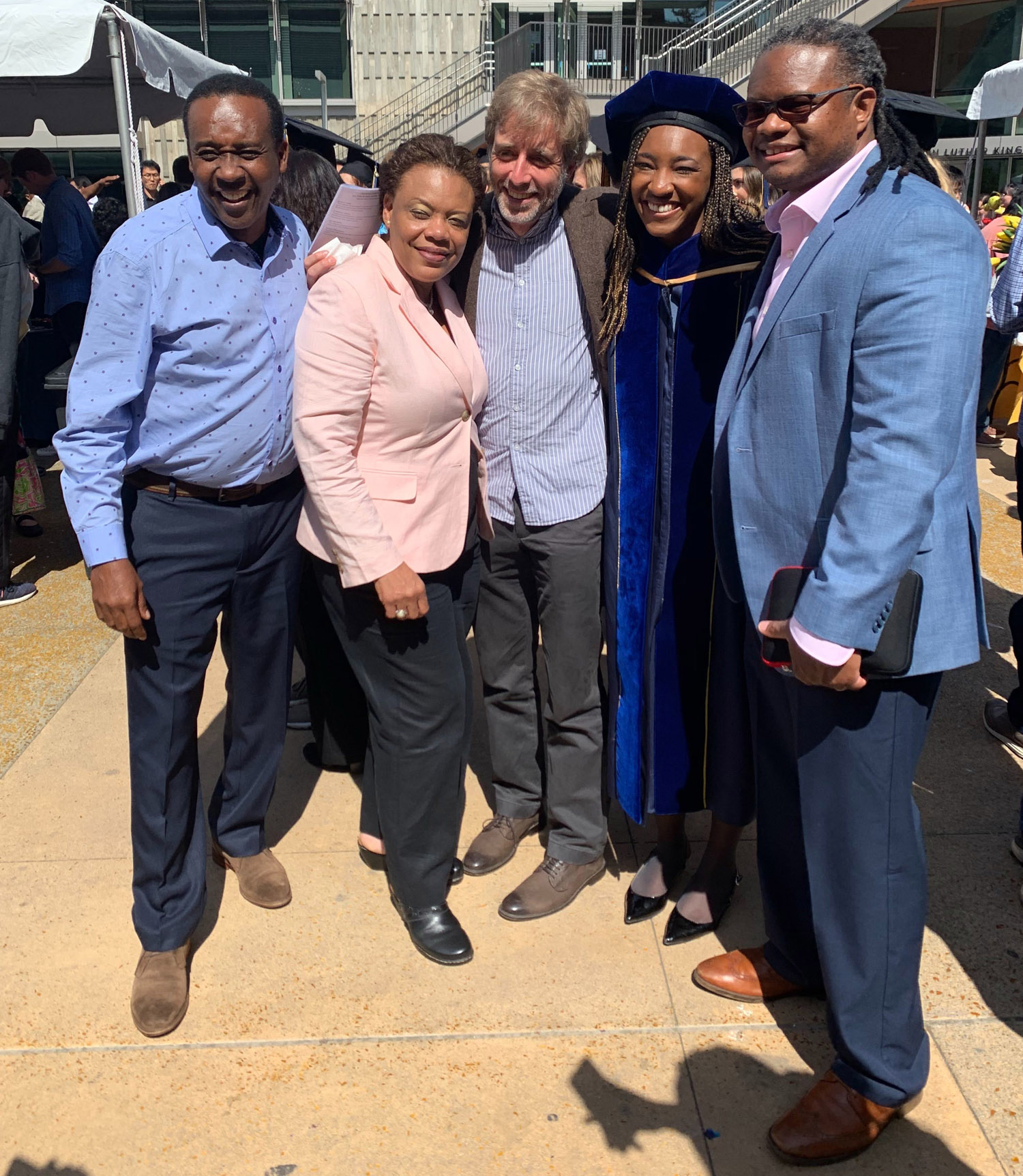




Outtakes



Even by early May (when I should have gotten this post up), it’d been a momentous spring for the Rothfels lab with, among other excitements, Jonathan finishing his Honors Thesis and Joyce completing her PhD — the first Rothfels Lab graduates!! These events, of course, provide a great excuse for a picnic.
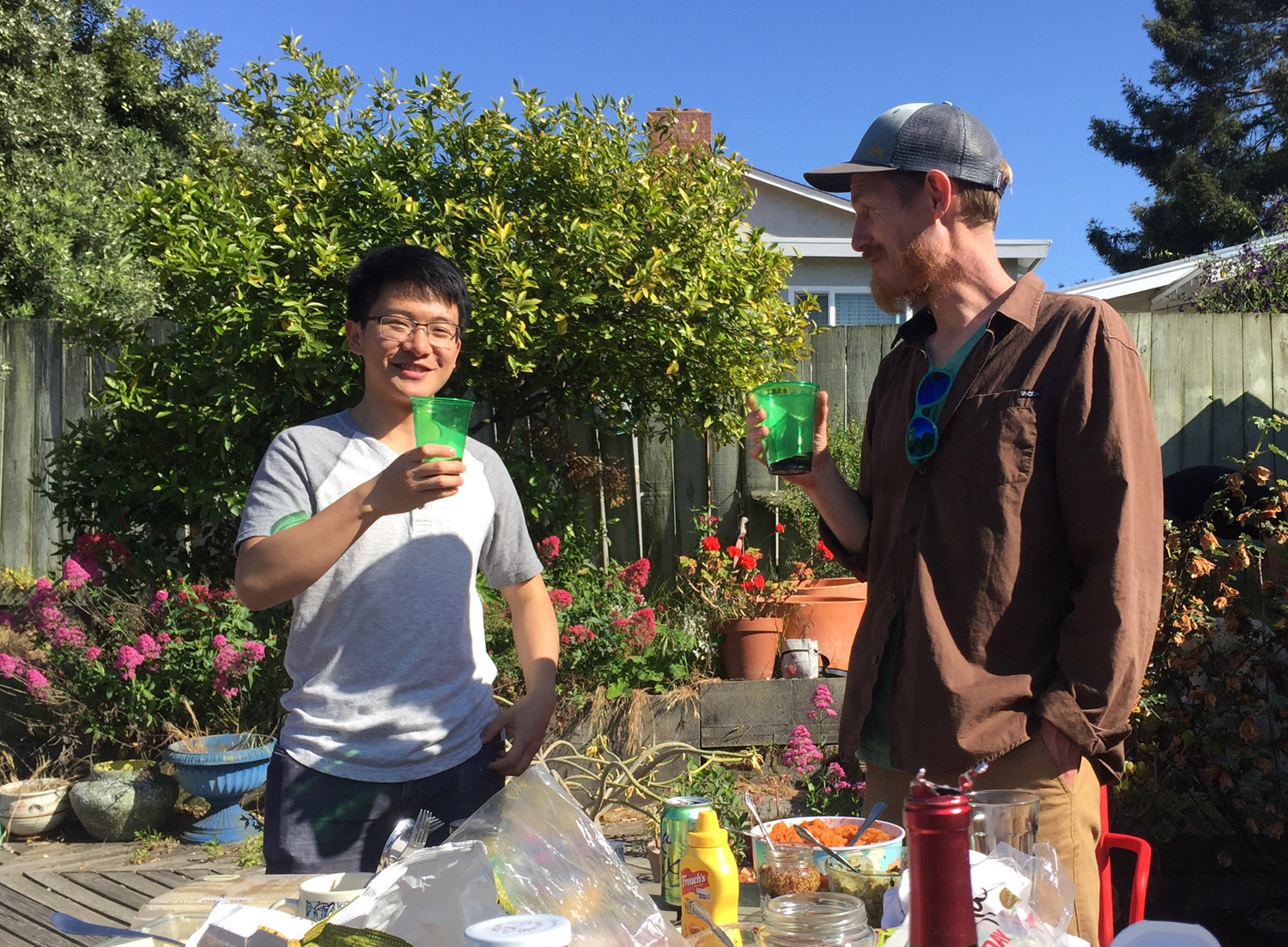
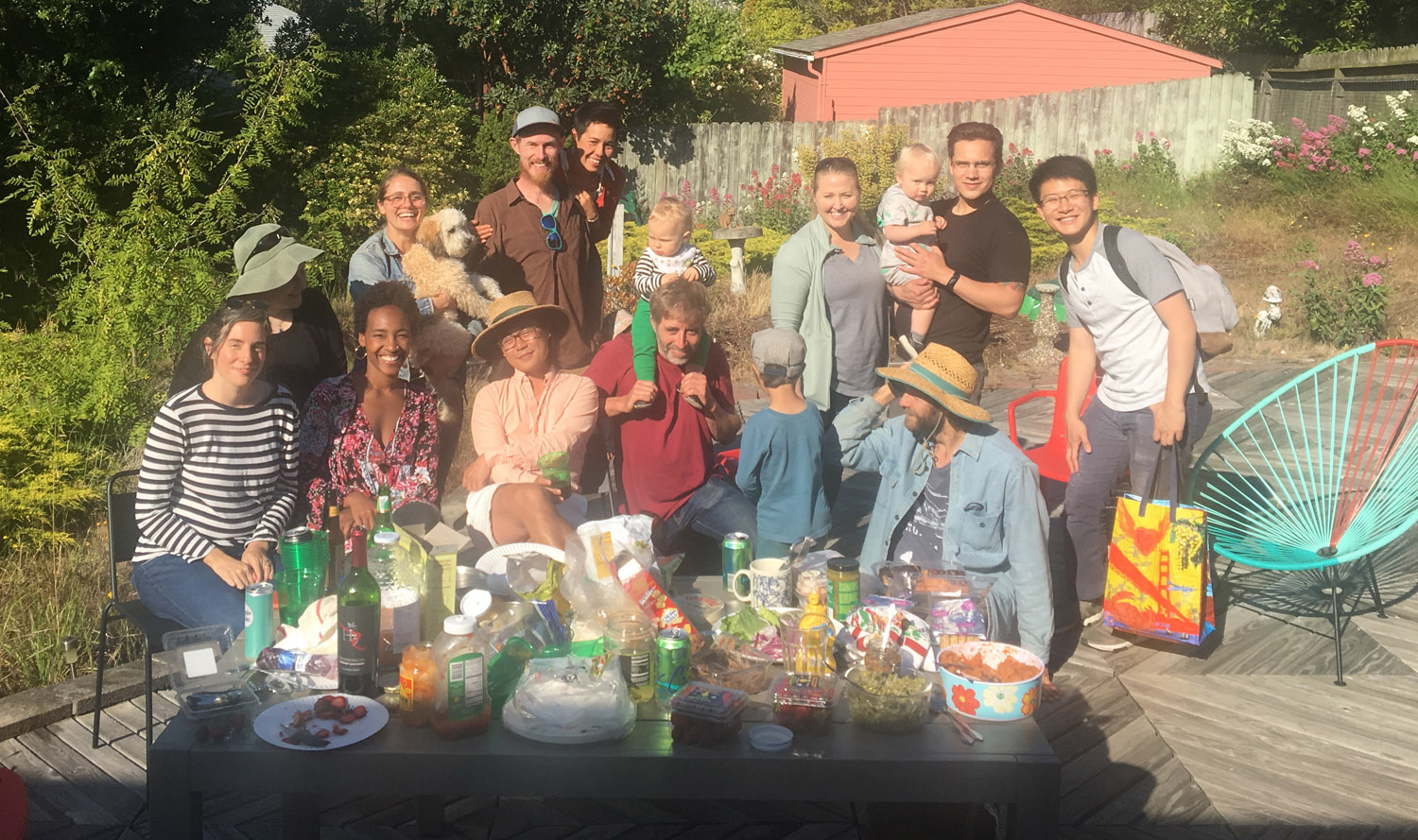
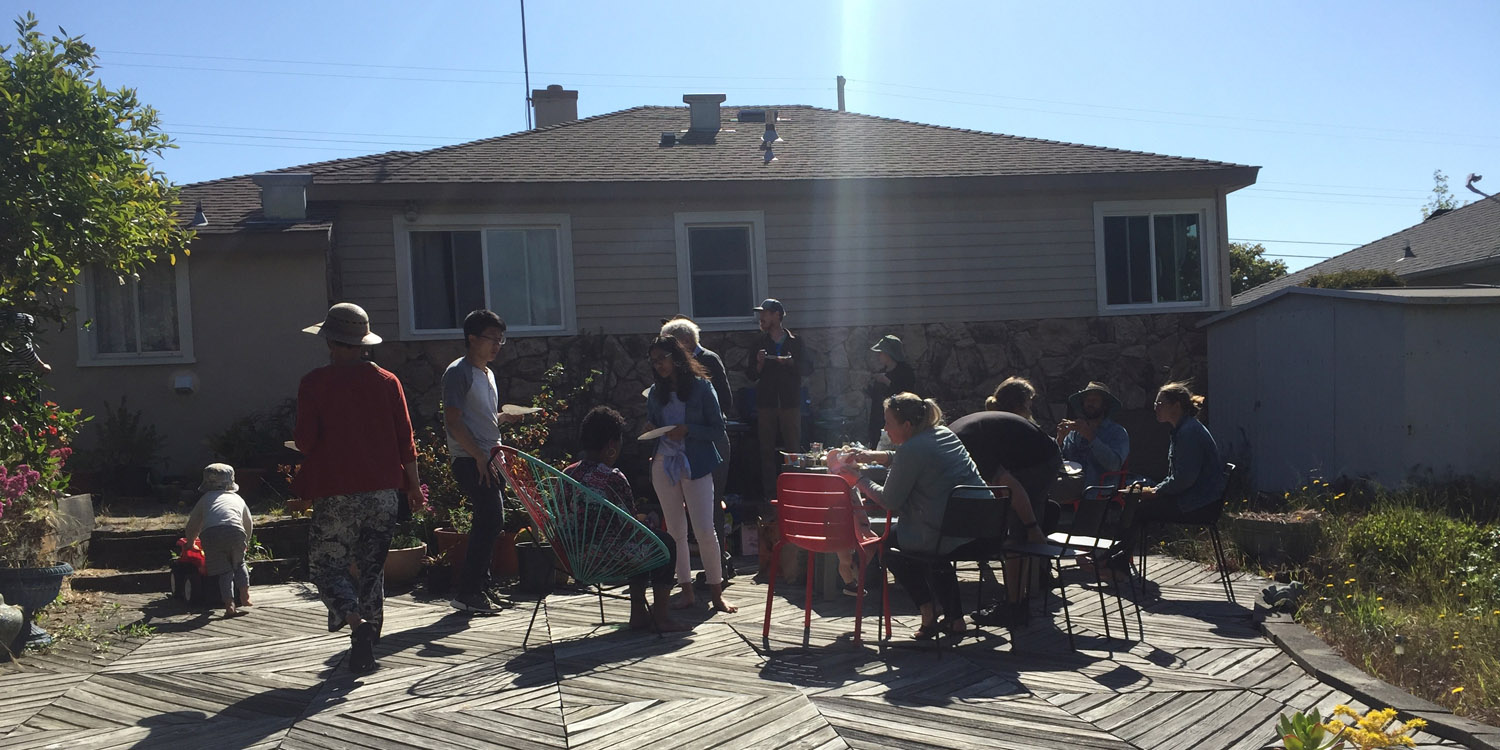
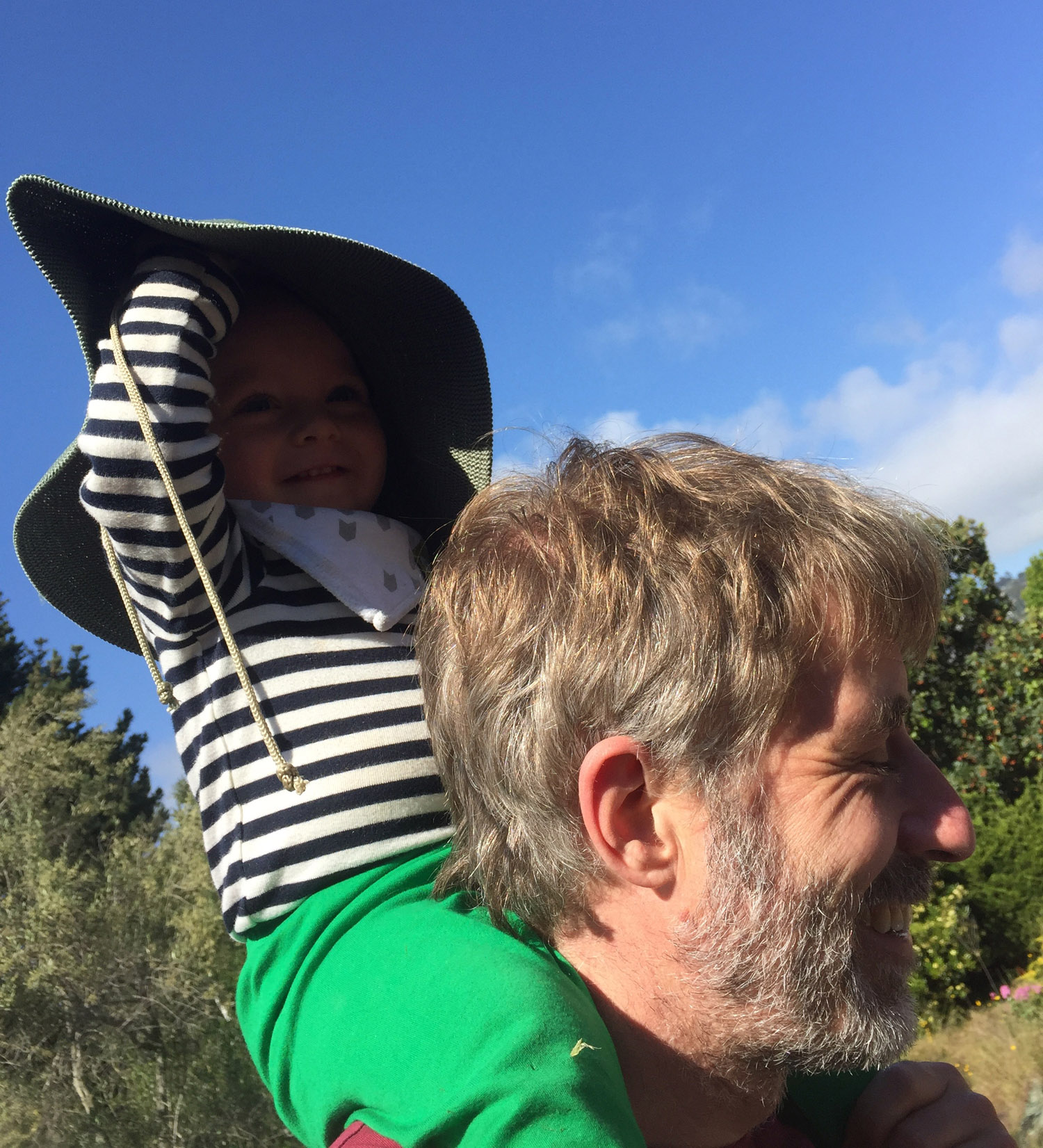
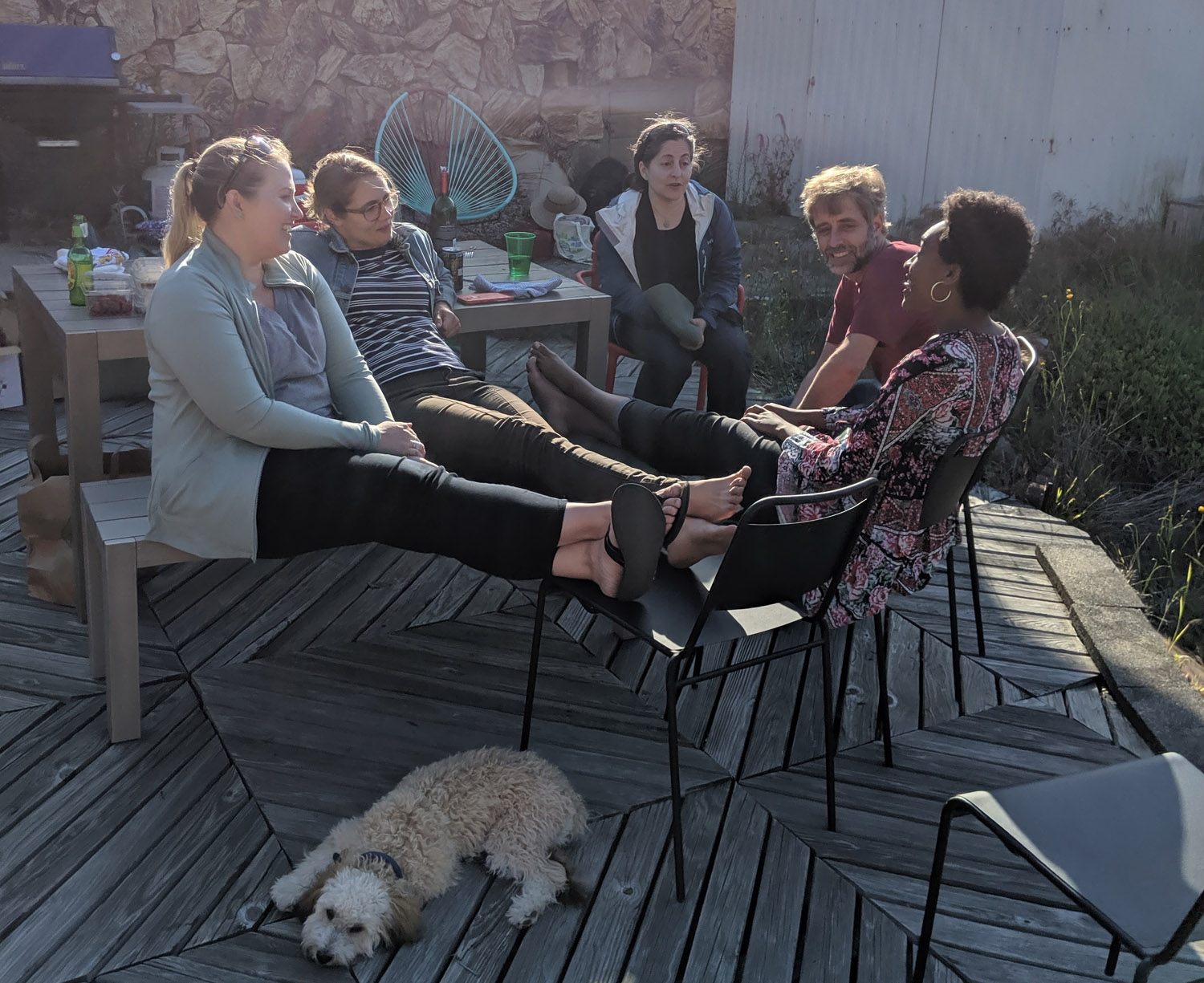
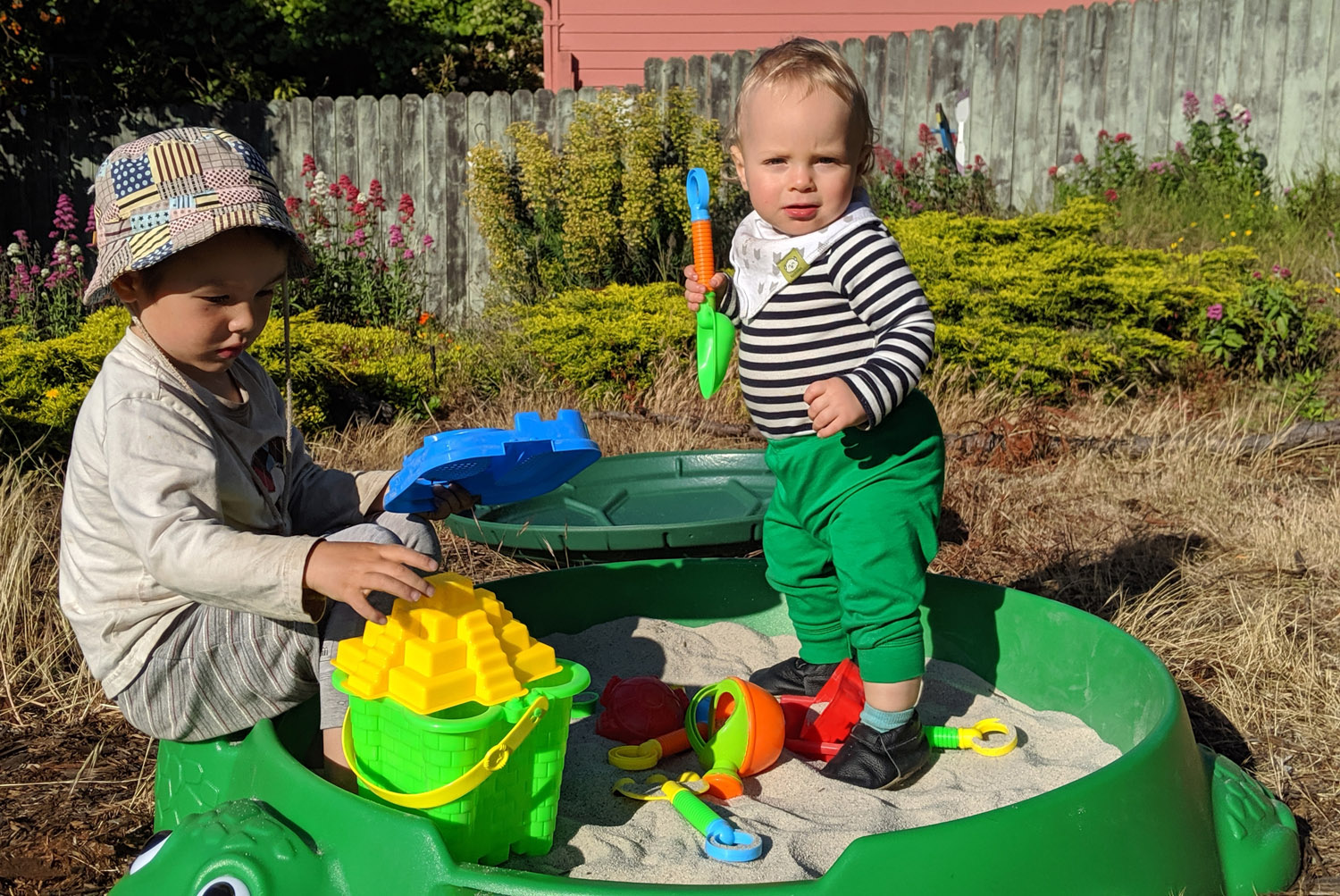
On March 11 (yes, I’m that far behind!) Abby took our lab meeting on the road and gave us a tour of her work on the geology interpretive displays at McCone Hall, including the infamous McConehenge (which, unfortunately, I don’t have any photos of — you’ll have to go to the “front yard” of McCone Hall and check it out for yourself). This has been a semester-long labor of love (and sweat) on Abby’s part (she worked with Nick Swanson-Hysell on this, of the Department of Earth and Planetary Science), and the results show it! Probably best lab meeting ever.
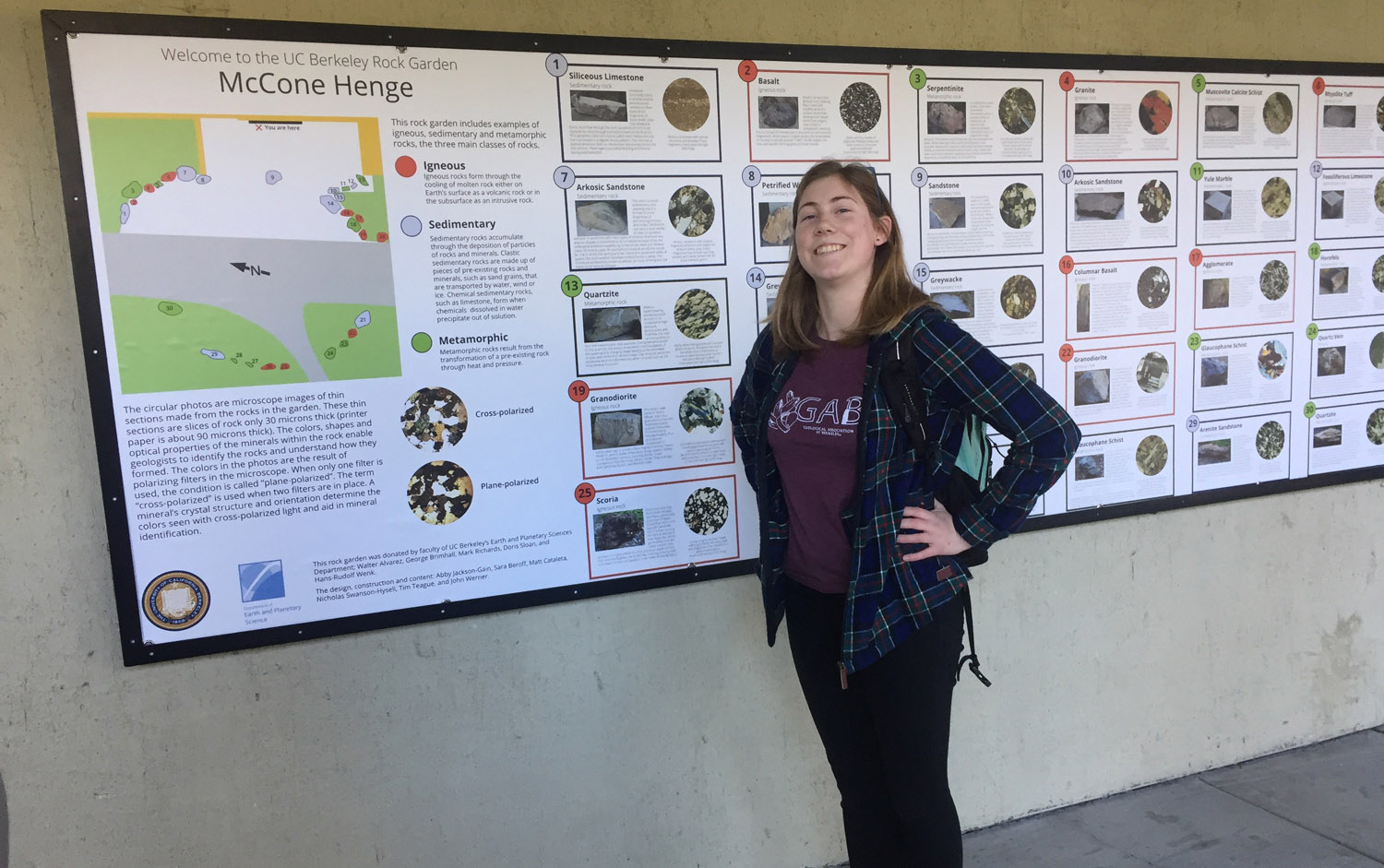
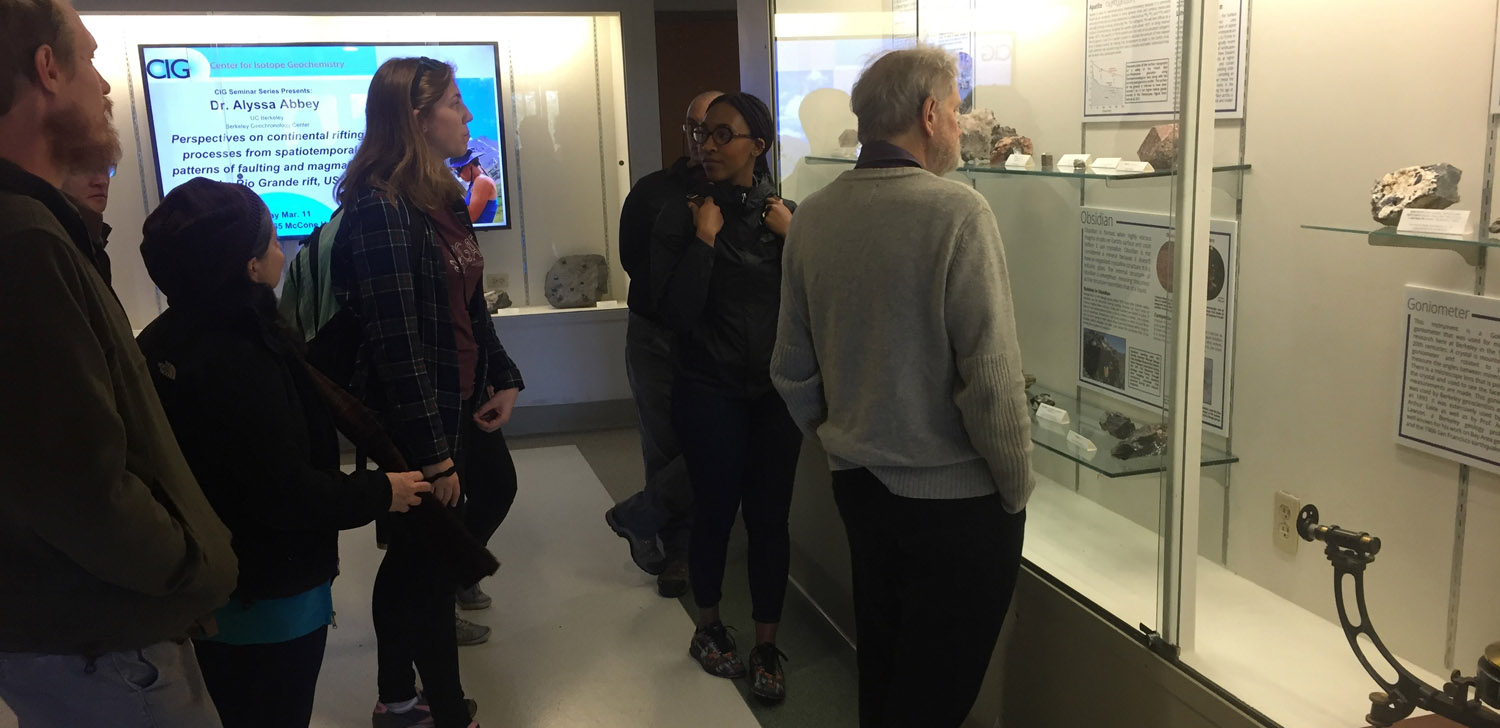
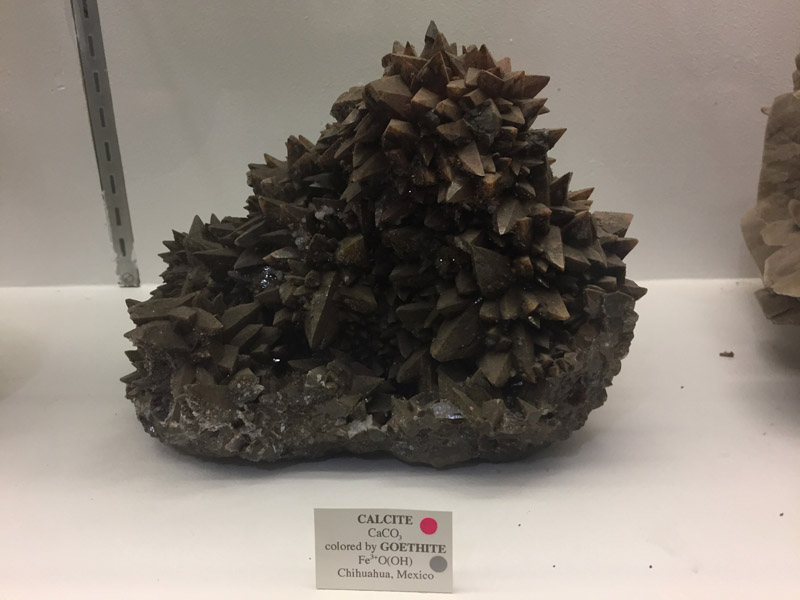
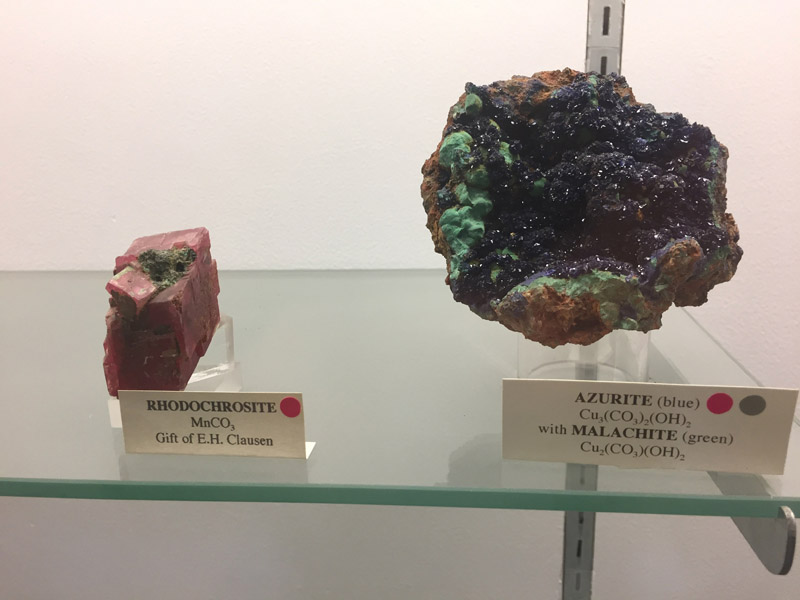
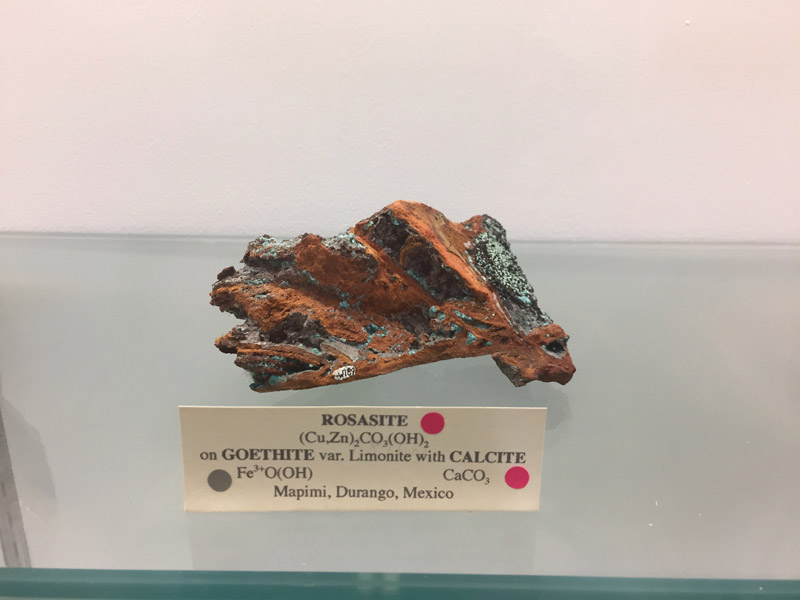
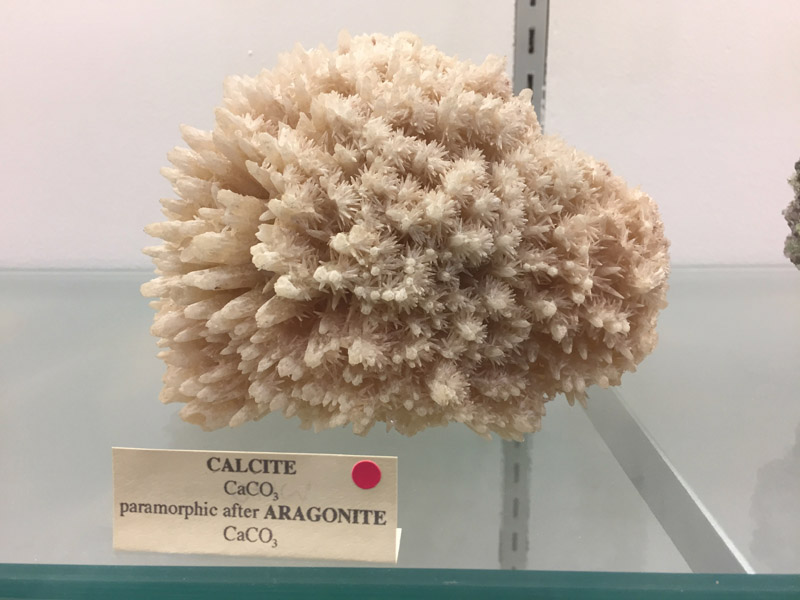
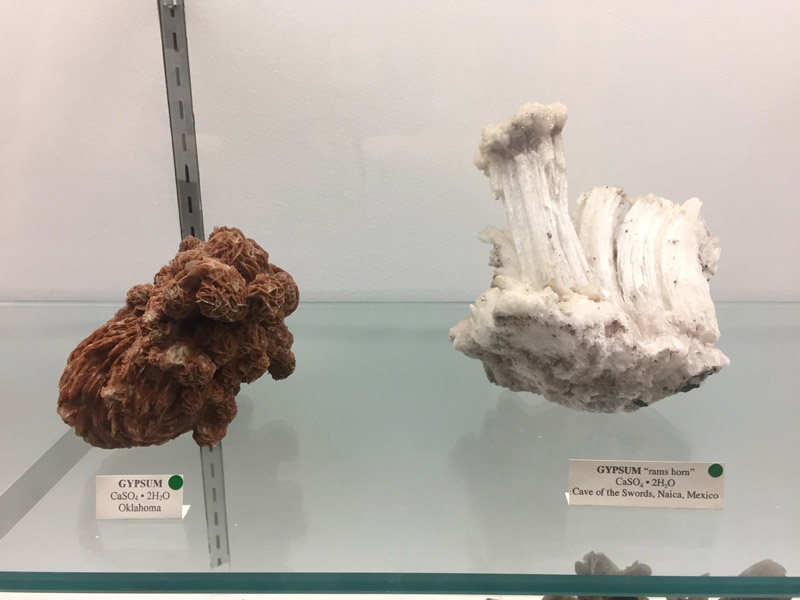
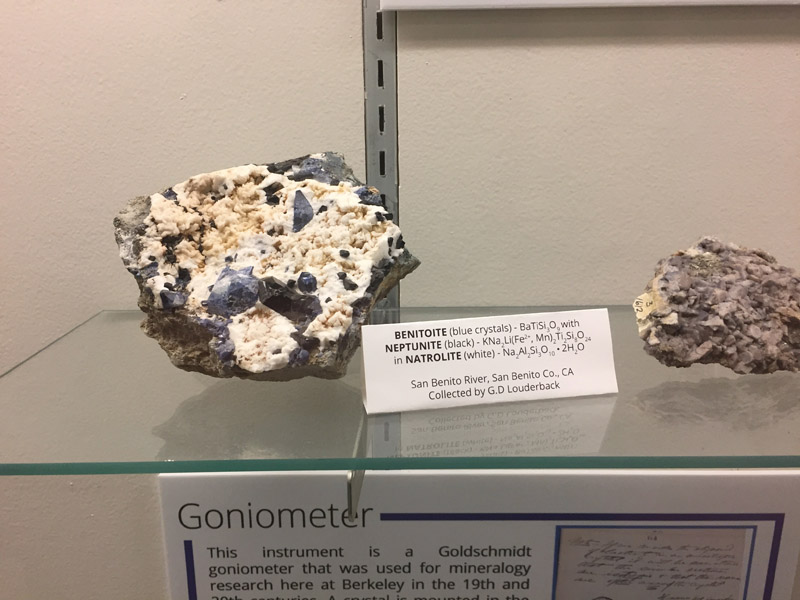
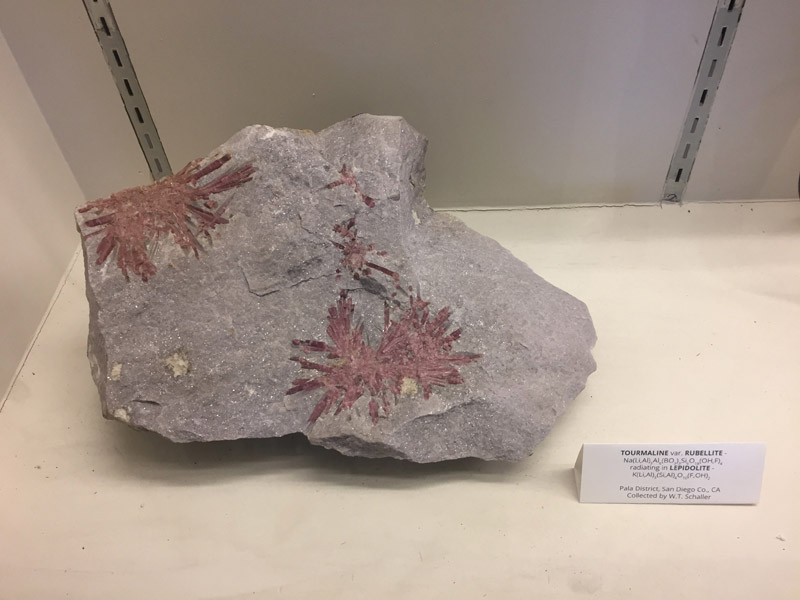
Joyce gave her finishing talk, and, as expected, hit it out of the park. Congratulations Joyce!!! The rlab is very proud! A few photos follow, of the action and the subsequent celebrations. If you WANT TO SEE HER TALK FOR YOURSELF, it is HERE.
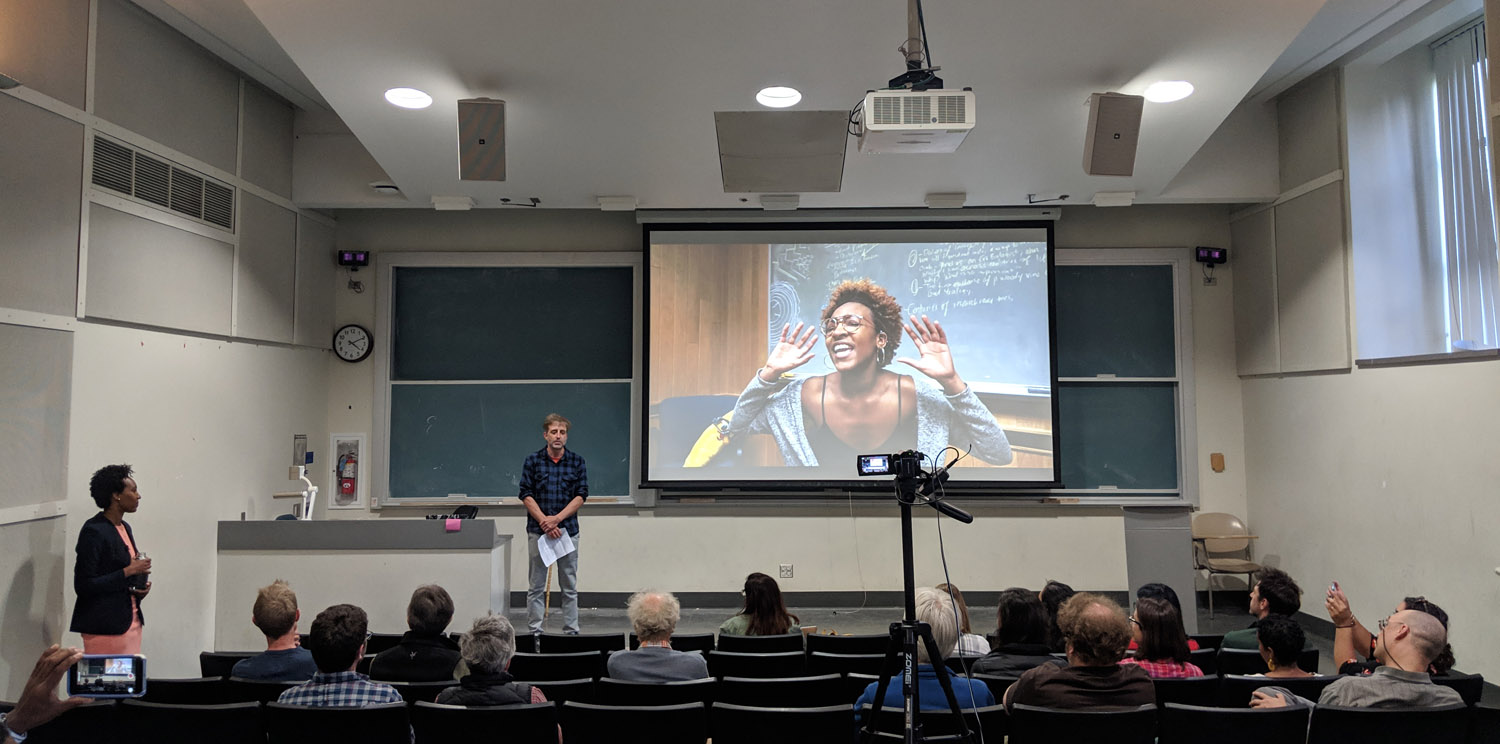
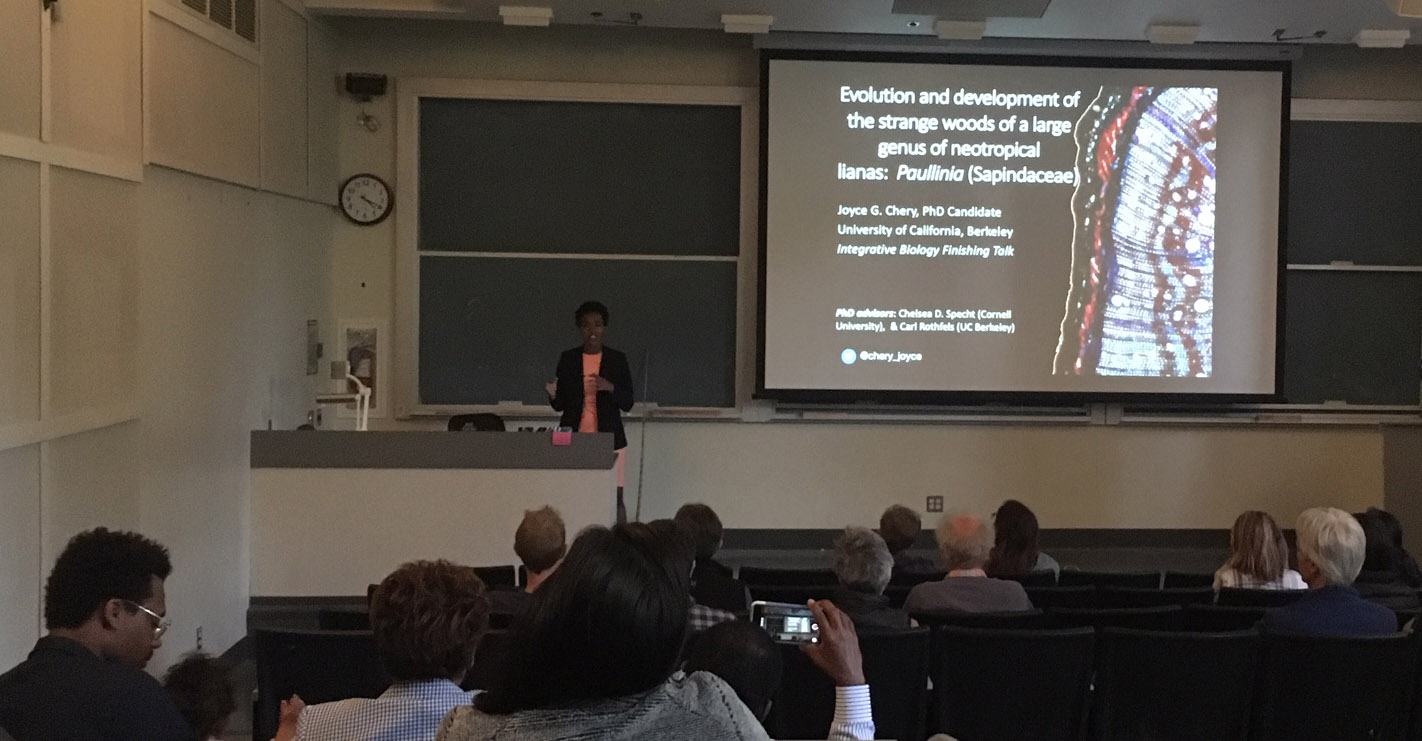
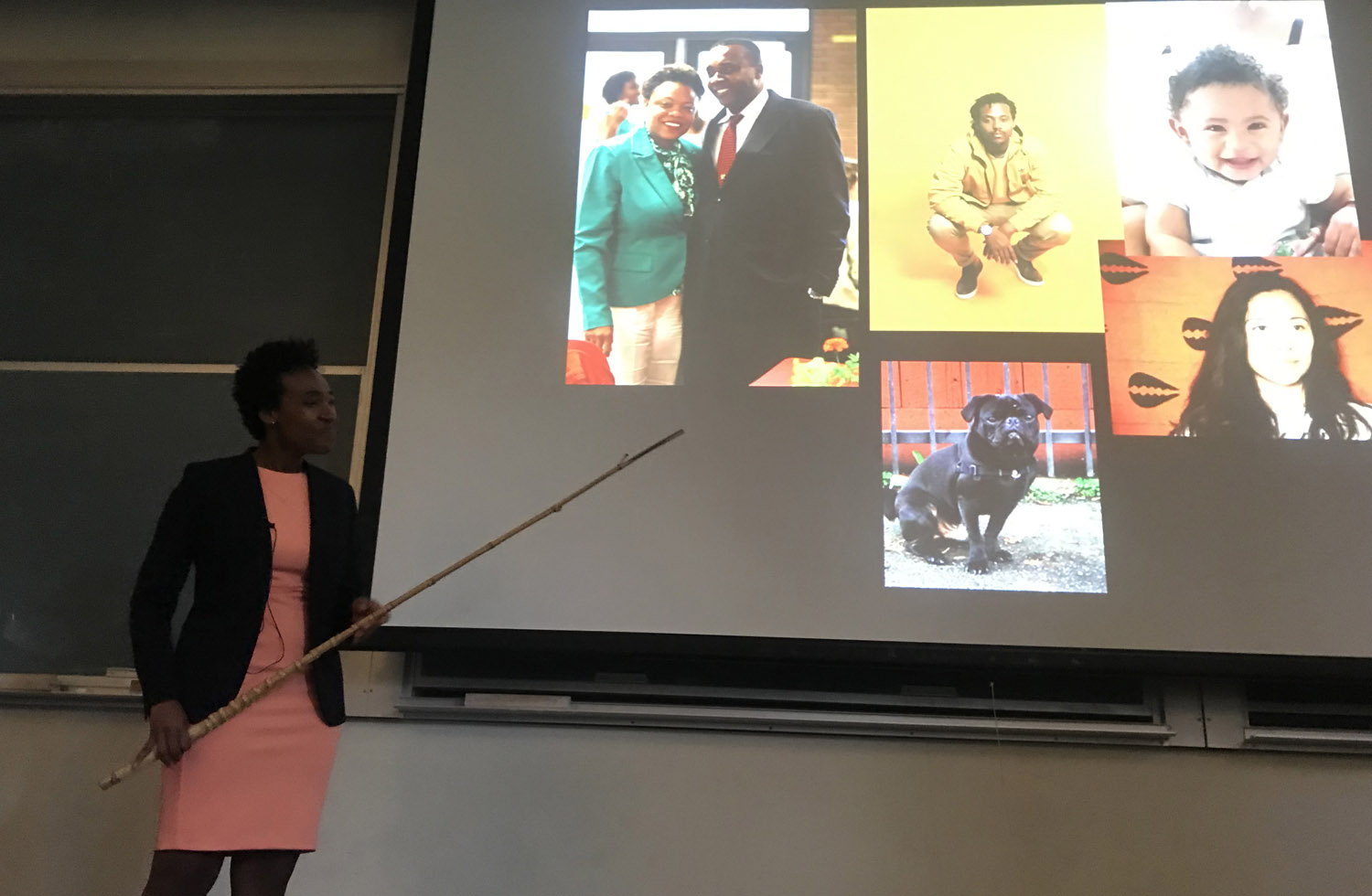
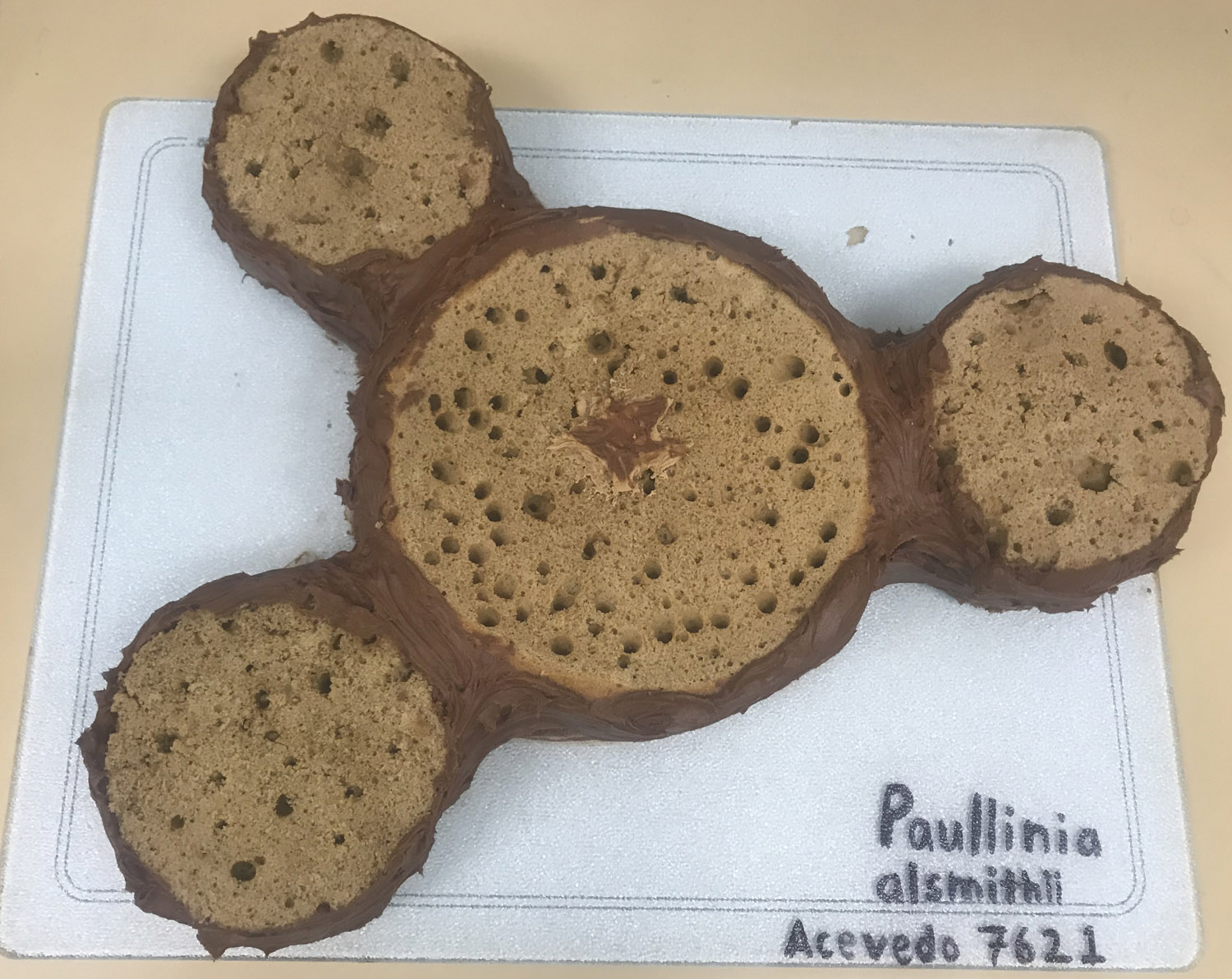
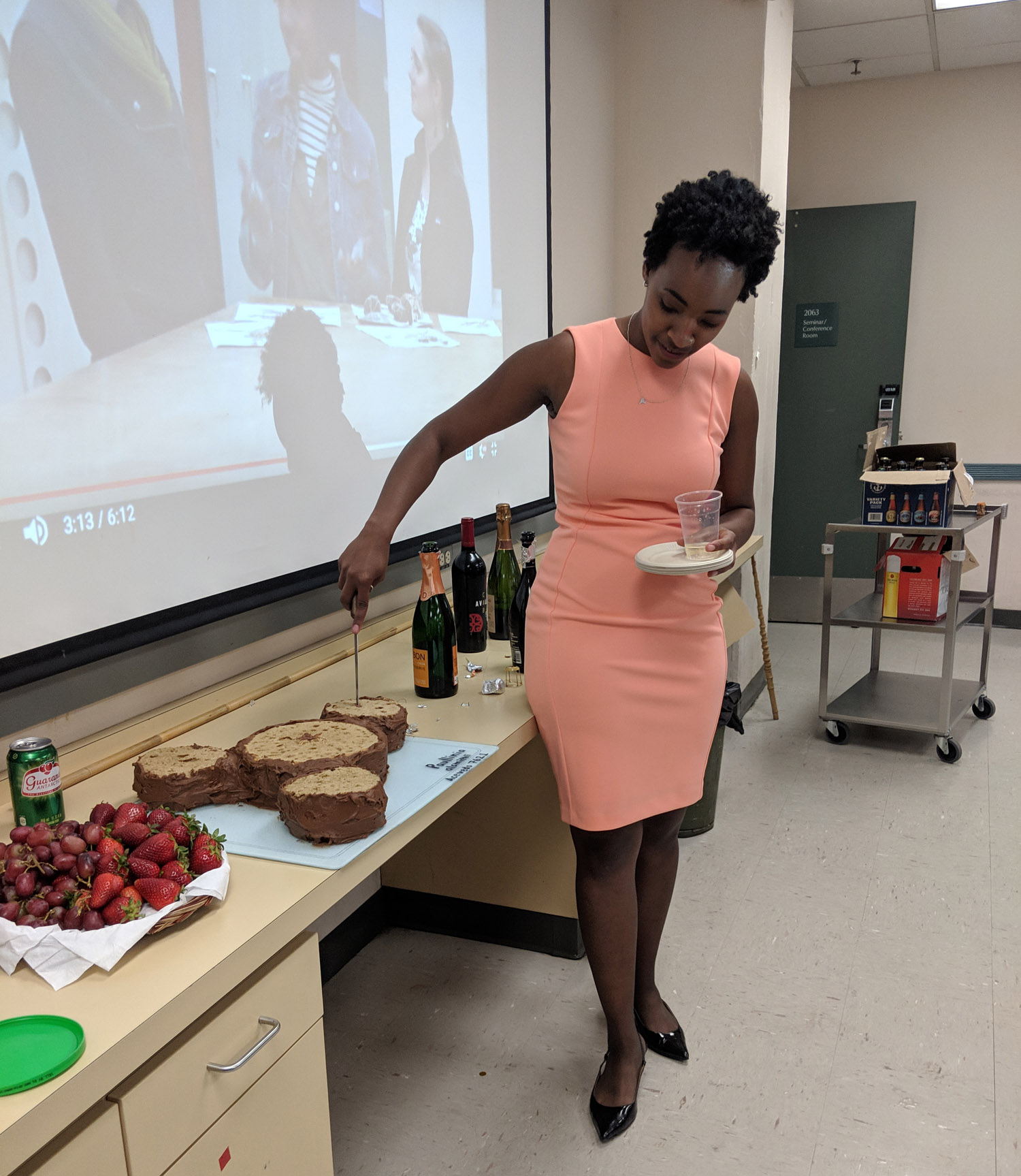
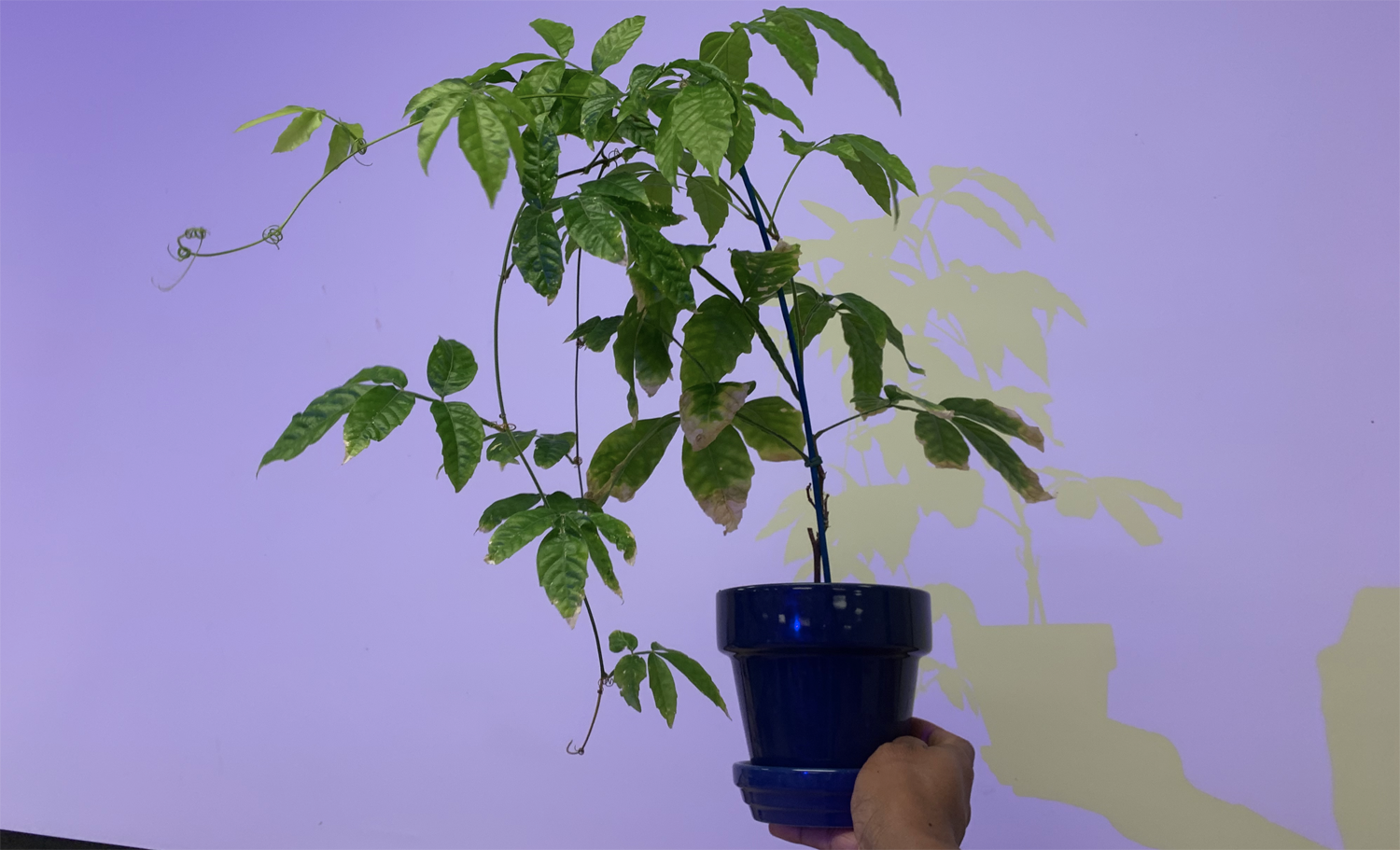
Champagne, in all its slow-motion glory!
So apparently today is Taxonomist Appreciation Day, huzzah! And on this momentous occasion, the following verse crossed my edesk, courtesy of Fredrick Schueler:
If it wasn’t for the namers what would we do,
We wouldn’t have names both short and true,
We couldn’t specify a creature in a word or two,
If it wasn’t for the work of the namers.If it wasn’t for the namers you’d just shrug
and call every crawling thing a bug.
Nothing makes a person a more perfect mug
than to disregard the work of the namers.*If it wasn’t for the namers where would we be,
We wouldn’t have synonymy,
Each would use his favourite name and all would disagree,
If it wasn’t for the work of the namers.If it wasn’t for the namers we wouldn’t know,
To regard Sorex as a Shrew,
We wouldn’t know cinereus from fumeus and you,
Would simply scream “A shrewmouse there, step on it!”If it wasn’t for the namers where’d we begin
to know who was kith and kin?
There would be no way to know which clade we’re in
if it wasn’t for the work of the namers.*If it wasn’t for the namers what would we do,
We wouldn’t have names both short and true,
We couldn’t specify a creature in a word or two,
If it wasn’t for the work of the namers.
*’d verses, June 2013, Gagetown bioblitz. – https://bioblitznb.wordpress.com/2013/06/21/a-poem-by-fred-schueler/comment-page-1/
On the way back from Wawa, Ontario (6 October 2000 – the day we drove for 20 hrs) – to the tune of “If it was na’for the wark o’ the weavers. – to the tune of https://www.youtube.com/watch?v=Ix_fIy5zgv0&fbclid=IwAR0iiTXIRKe86TuJvpohFfNvKLkjQ15vsiX5llL2LLPl09omzY7lThnWaFU
With paleo valentines! These gems (and their captions) are courtesy of Allie Weill — thank you Allie!! If you’re impressed, you get more Allie content on instagram (@al.m.weill) and the twitter (@Al_R_Wallace).


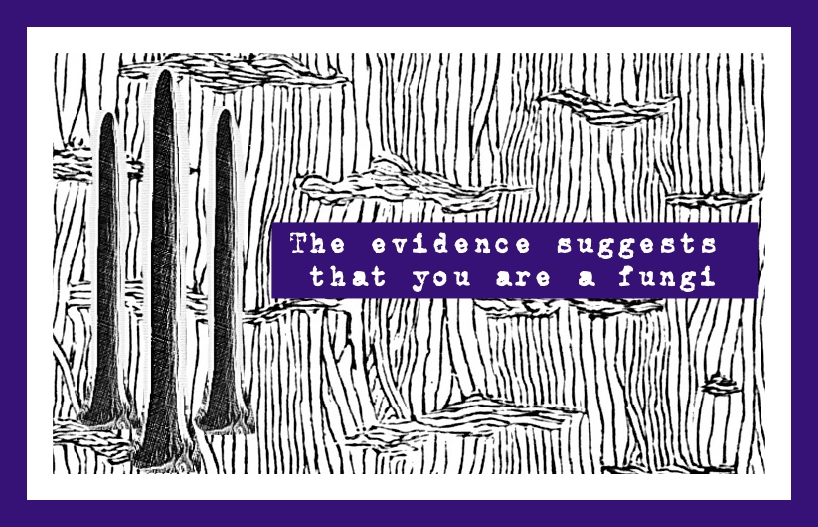
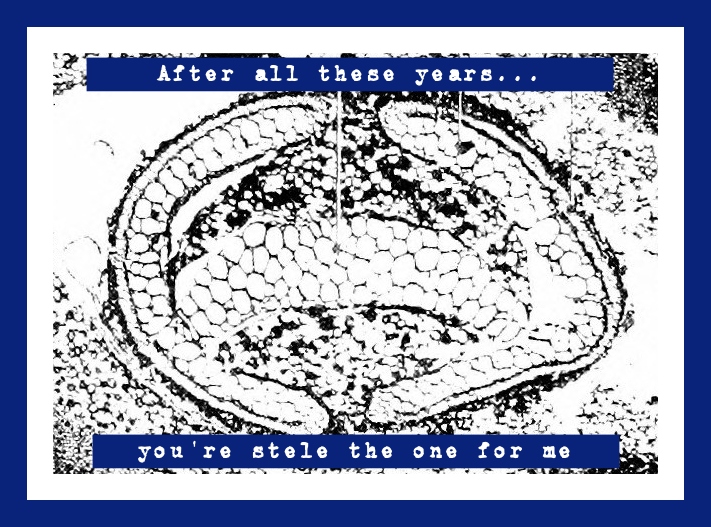
Jonathan took the reins for last week’s PLANTS! seminar and gave a compelling tour of the glory and mystery of reticulating Polystichum. Killer synapomorphies for Polystichum imbricans subspecies curtum remain elusive, however.
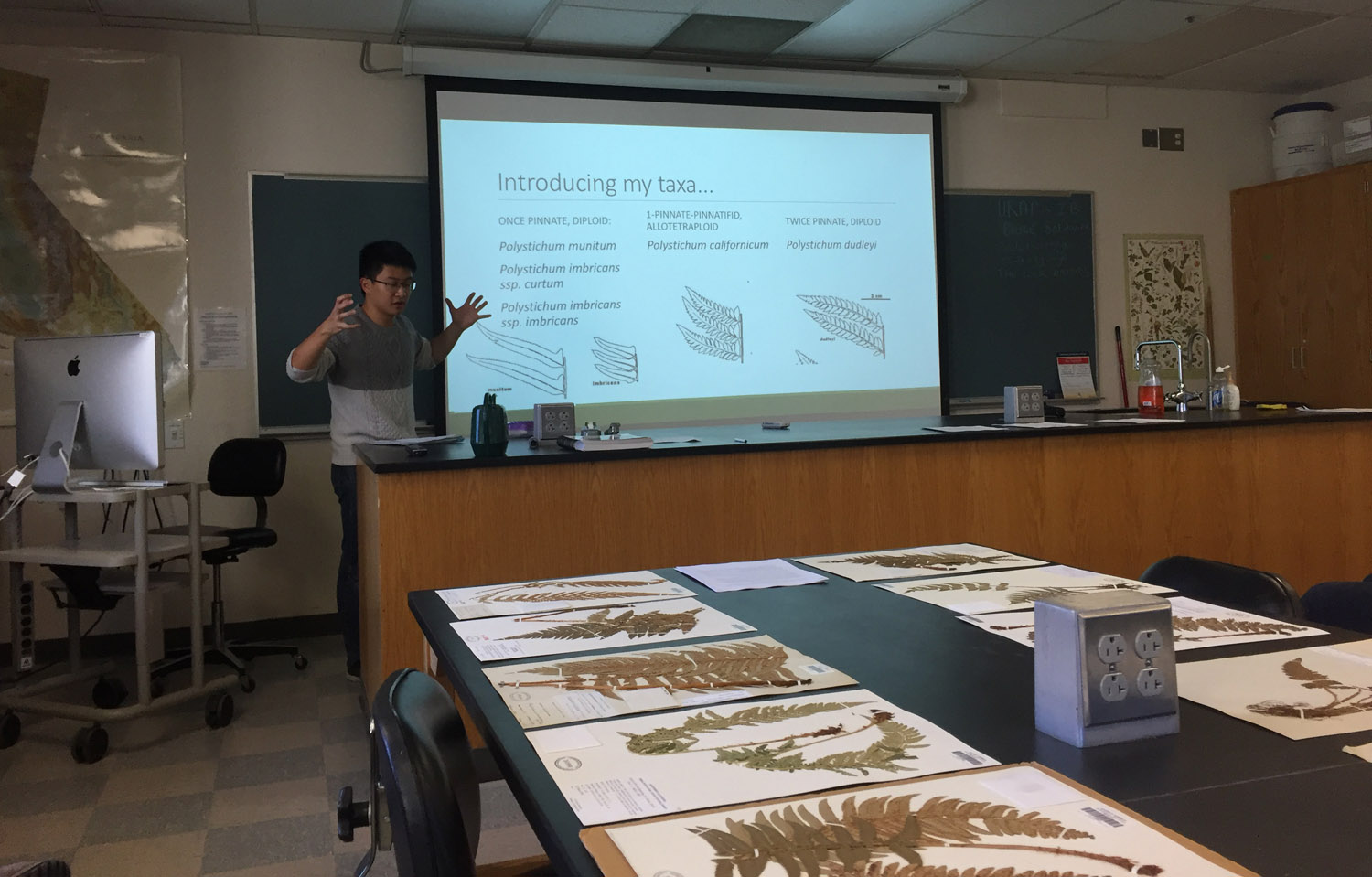
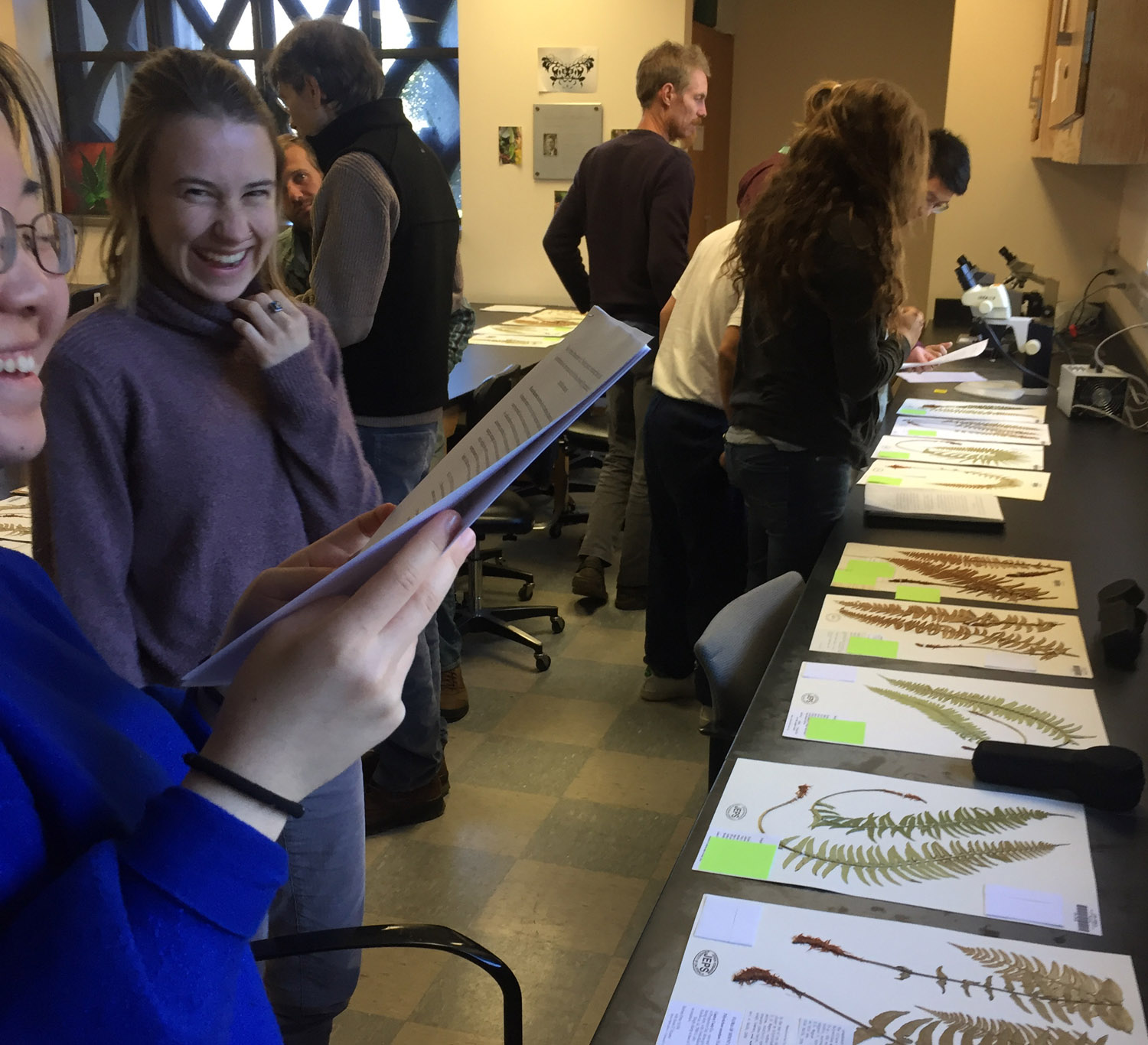
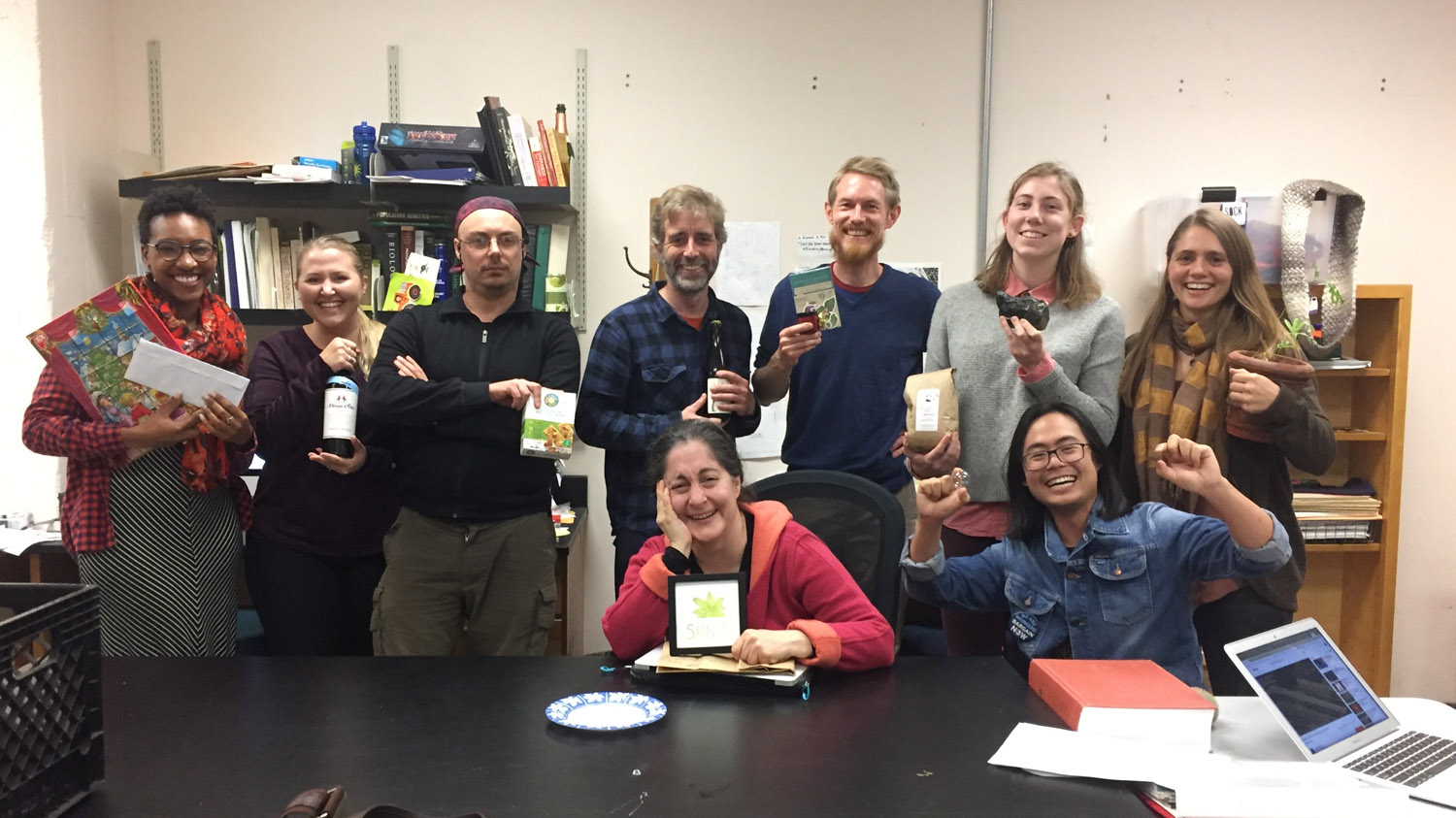
And how better to celebrate Santa’s largess, than with BUFFET.
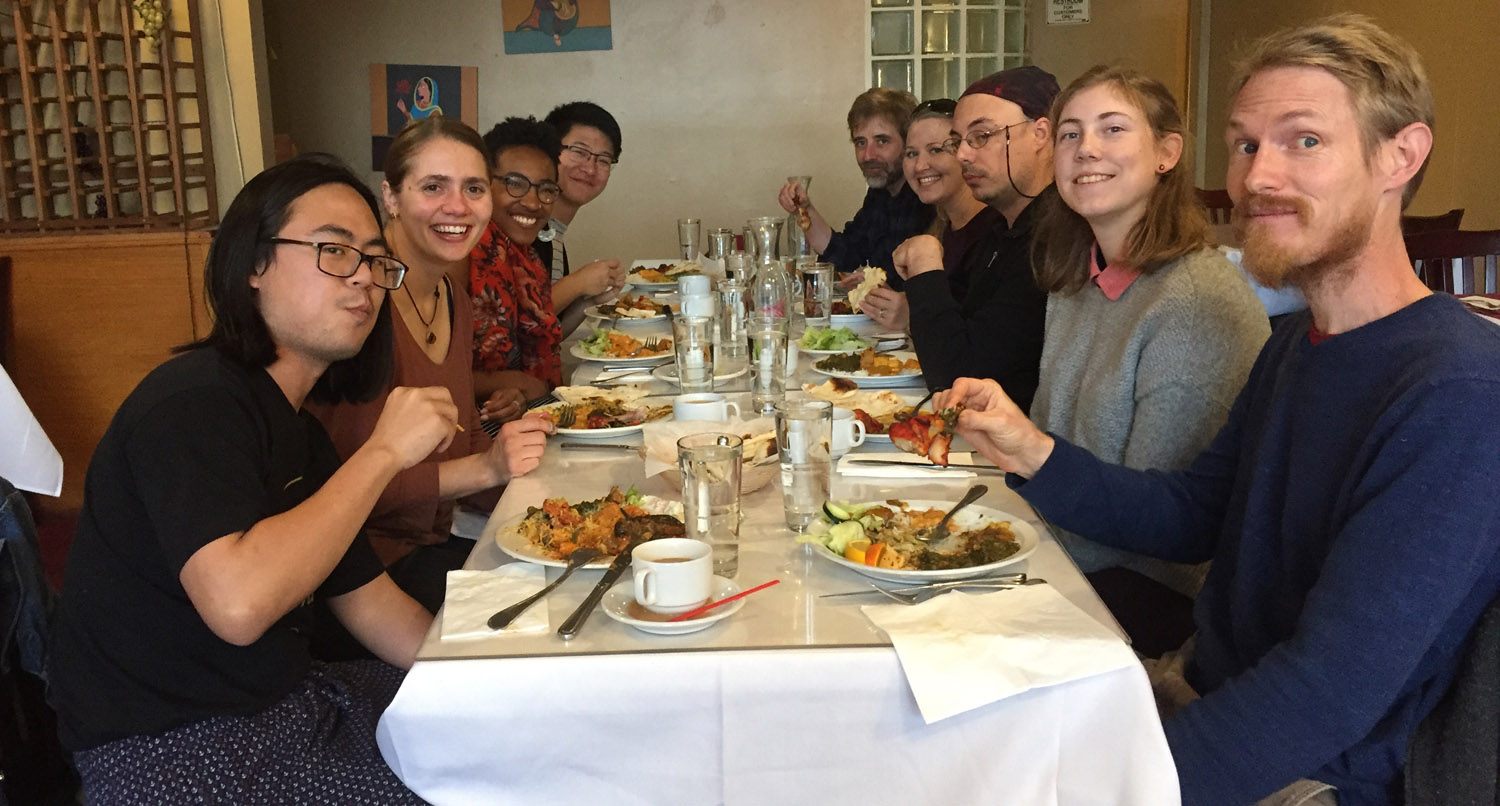
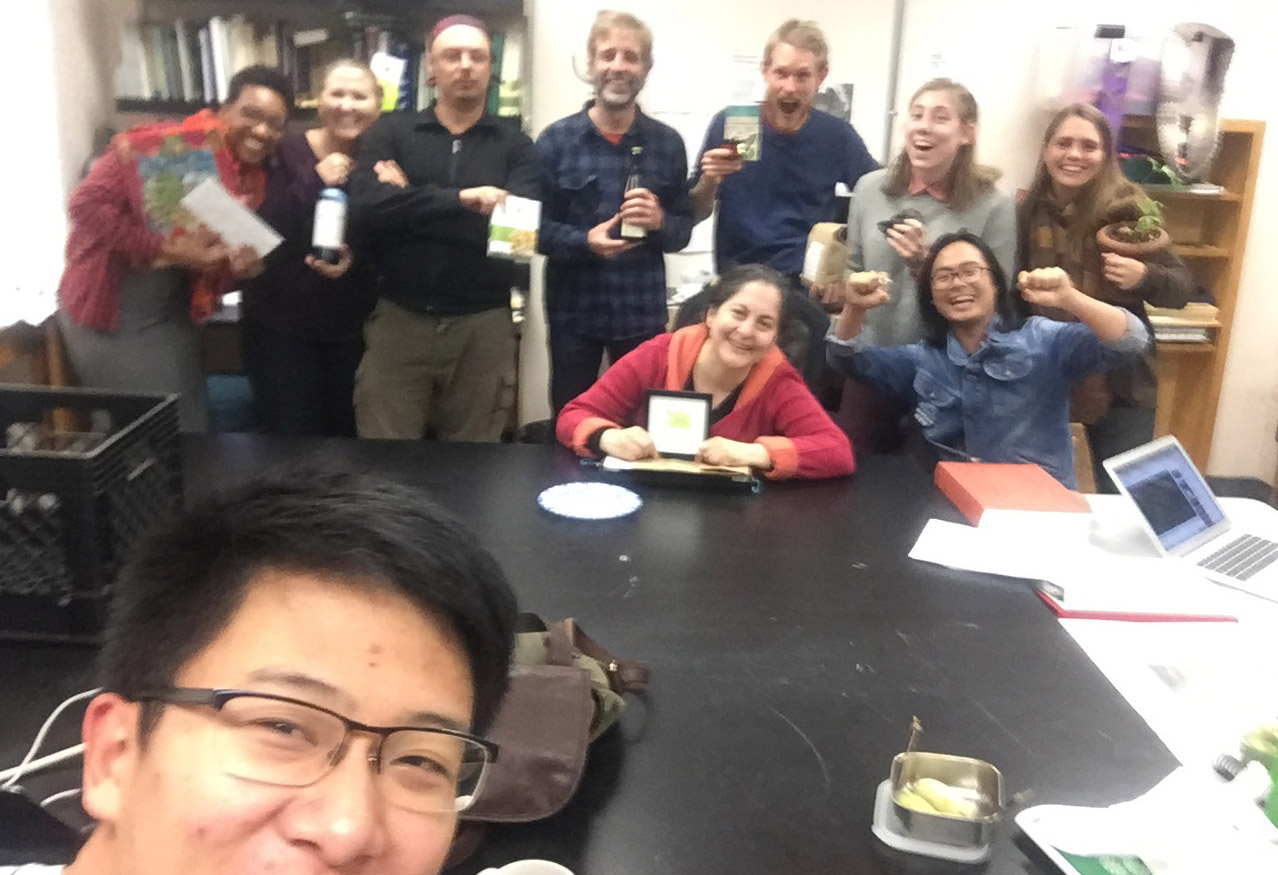
While botanists sit at home and reckon,
Far-flung Fijian forests beckon.
From far-afield a Fern man came,
Despite some age he still was Game.
With Sarah’s help rare ferns he sought,
About their Latin names he taught.
Up muddy paths, down streams they walked,
Of family and genus talked.
On highest peak, by every creek,
New species did they ever seek.
Ferns, lycophytes, more did abound,
With rarest ones still yet unfound.
Bright dragonflies did also gleam
in forest glades, by every stream.
Good natured Milen these did chase,
He cast his net with every pace.
Deep focus on the task at hand,
And bonding with the happy band,
Pushed cares away and made for play
On every happy ferny day.
If distant age brings feelings sad,
Fern memories may yet be glad,
And now far islands call us back,
To seek those ferns that yet we lack.
When long from now our time has been,
Ferns shall remain forever green –
And if one day the world should warm,
Bright ferns will weather every storm.
—John Game, December 2018.